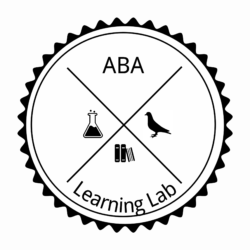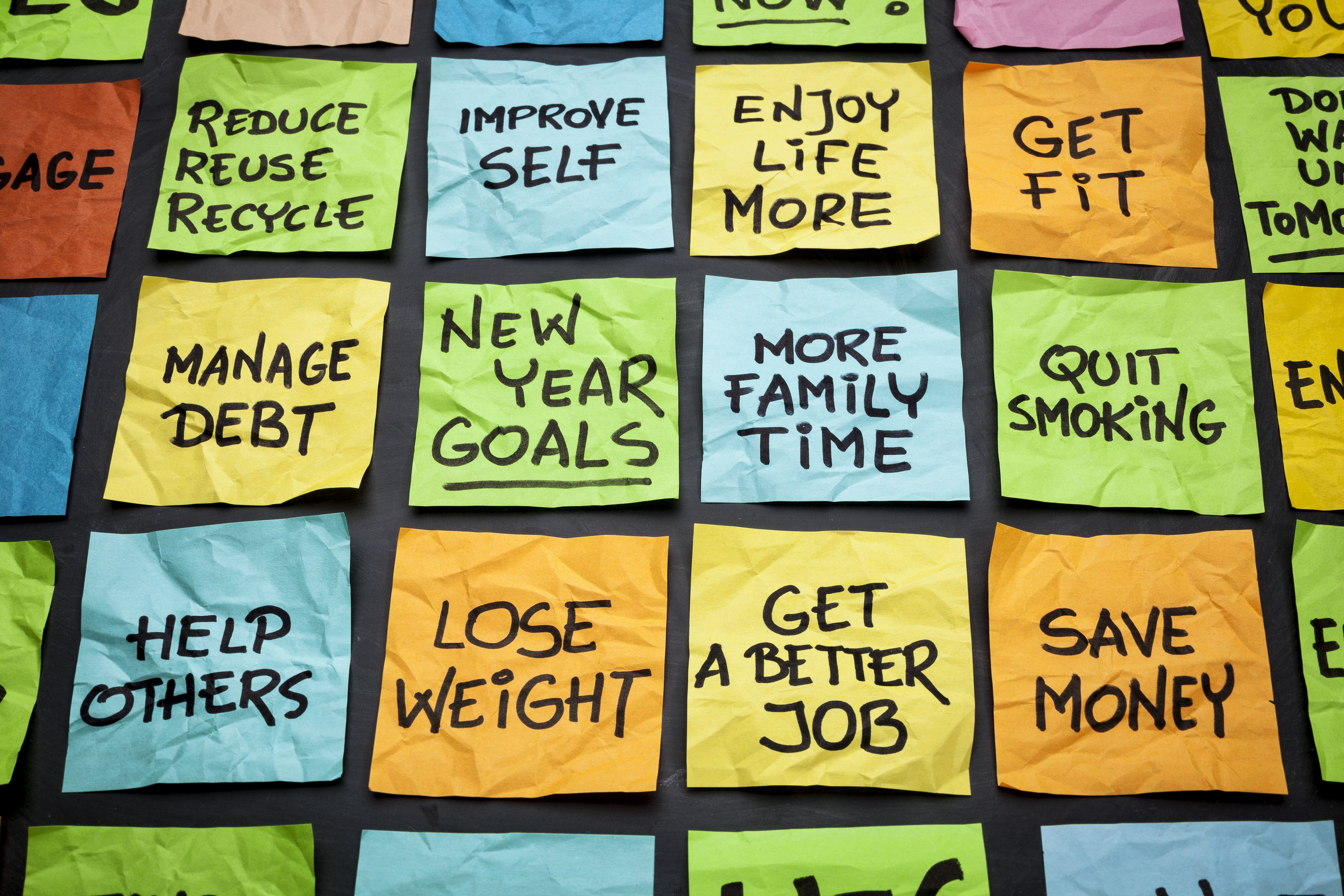By: Lauren DeClaire, M.A., BCBA
It’s that time of the year again where millions of people around the world begin to reflect on the past 12 months and set goals for the upcoming new year. Many people will begin to identify behavior changes they would like to make with new year’s resolutions. However, many people have difficulty sticking to those resolutions and fail to achieve sustainable behavior changes. So, let’s identify some mistakes people make and some behavioral strategies that can help.
One mistake many people make is setting goals that may be too big, which can result in an unrealistic or unreachable goal. Others may set too many goals which can be overwhelming, and if only a few of those goals are met, that could be discouraging if you’re unable to achieve the others. Another mistake can be making goals that are too broad which make you unable to focus on the specific behaviors needed to reach the end goal.
Behavioral strategies that may help—
Set goals that are desirable and reinforcing- For example, a goal to “exercise more” may not stick for someone that dislikes exercising or going to the gym. Signing up for that new gym membership will be a waste of money if you don’t utilize it. If the behavior of exercising or the environment in which you plan to do so is aversive to you, then try to set a goal surrounding other physical activities you enjoy. Identify what exercises are reinforcing in nature for you. Maybe replacing running or going to the gym with biking, hiking, or a sport you like to play.
SMART goals– This is another good strategy to keep in mind when mapping out your resolutions.
- Specific– Keep it simple and identify the specific behaviors needed to reach the goal
- Measurable– identify a way in which you will measure the behavior on a weekly basis
- Achievable– Make sure it is attainable
- Relevant– Ensure it is significant, important to you and realistic
- Time-Based- Identify specific deadlines. This may be multiple deadlines as well. For example, what needs to be done on a weekly, monthly or bi-monthly basis. Each deadline you set, make sure to track the behaviors you did or did not complete related to the goal.
Specify the Behaviors Involved
Making specific goals is one of the crucial aspects to achieving your resolutions. Too broad of a goal will not be achievable if you don’t identify the specific behaviors involved toward reaching the terminal behavior. For example, if your goal is to read more, you will want to take that general goal and break it down by identifying the specific behaviors involved and setting a deadline for each. A better goal may be to “read once a week.” Then take that and break it down even more: “Read 3 pages Monday, Wednesday and Friday.” Starting with the end result then figuring out which behaviors you need to engage in weekly, or even daily can be helpful.
Examples:
Drink more water—Drink 60 fl. oz. each day. Or, drink one glass of water every 3 hours.
Exercise more—Run 1 mile 3 times a week
Read more—Read 5 pages from new book every other day.
Saving money—Contribute 10% of each paycheck to a savings account every other week.
Setting reminders
Set alarms, create calendar events or some type of reminder to prompt the desired behavior when it should occur. This might even be a reminder to just check in daily or weekly and graph your behavior for that week to see how you are doing in terms of progress toward the end goal.
Graphing your Behaviors
Graphing the frequency or duration can sometimes be enough to make behavior change. If you would like to read more, you could graph how long you read each week or each day. Visual displays of your behaviors can also be an eye opener for those working towards decreasing undesirable behaviors. For example, if you set a goal to quit smoking or cut back on drinking, seeing the number of cigarettes smoked each day/week or the amount of alcohol consumed may be enough to promote behavior change. You can download applications on your smart phone, or simply keep a notebook with you and jot down when you engage in these behaviors. The same can be done for those behaviors you are wanting to increase. It’s important to note, if you plan to decrease certain behaviors, you will want to identify some sort of replacement behavior as well.
At the end of each week, graph your results and set a goal for the following week. For example, you may identify that you consumed 10 drinks the past week and set a goal to decrease to 8 or 9 drinks for the following week.
Consequences
One of the most important aspects of behavior change is to ensure that consequences are involved. Some sort of consequence will need to be applied if you do or do not engage in the desired behavior. For example, if you do not engage in the behavior, you’ll want the consequence to be an aversive consequence. And if you do engage in that behavior, provide yourself with some sort of reinforcement.
Examples:
If I run at the gym 3 times this week I will be rewarded by _____ (insert a highly preferred reinforcer for yourself).
“If I run at the gym less than 3 times this week I will have to pay Johnny $20 at the end of the week.”
“If I run at the gym less than 3 times this week I will have to run an extra day next week.”
These are just a few behavior strategies that may help you achieve those resolutions you create each year. Even though its still December, why not get started early!? What are some of your New Year Resolutions and how do you plan to achieve them?

